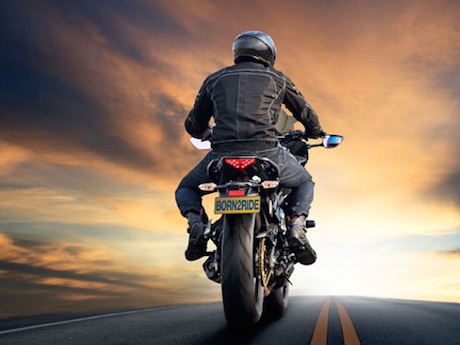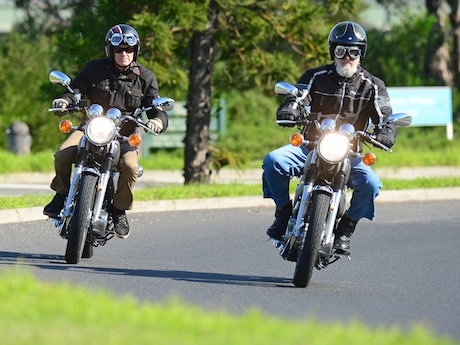Returned rider numbers are growing and so is their representation in road crash statistics, yet two specialised road safety courses for returned riders are suffering from a lack of funding and promotion.
In 2014, the South Australian Government offered free courses to returned riders and 50cc scooter riders with a car licence.
However, it now costs $116 for a 3.5-hour course and Ulysses Club spokesman Neville Gray says the Returning to Riding Course is suffering from a lack of promotion and patronage.
“Unfortunately the course has not been well advertised by the Department of Planning, Transport and Infrastructure (DPTI) and it is really up to the various rider groups, mainly the Ulysses Club, to promote its existence,” he says.
Ulysses members have pointed out to Police & Road Safety Minister Peter Malinauskas that the annual rego comes with an insert selling customised number plates but nothing related to road safety, specifically the Returning Rider program.
“We have tackled them on this lack of promotion but we still see no increased activity on this front,” he says.
“To my knowledge, about five courses have been run this year meaning that the total uptake so far is around 50 students with 10 per course.”
A similar course in the ACT has now lost its subsidy.
Motorcycle Riders Association of the ACT (MRA ACT) spokesperson Nicky Hussey says their Mature Age Skills Training for Experienced RiderS (MASTERS) course has been running since 2008.
“We’ve received partial funding in the past from the NRMA-ACT Road Safety Trust,” Nicky says.
“This had now been disbanded as CTP in the ACT has been opened up to competition.
“However the ACT Govt, has accepted the Inquiry into Vulnerable Road Users recommendation that they provide funding going forward.”
The course, delivered by Stay Upright, now costs $139. Nicky says they run only two or three courses a year but they are always fully subscribed, with positive feedback from participants.
Nev, who attended the SA trial course to establish the syllabus, says the course focusses on road craft, rider position on the machine, eye focus points, hazard perception techniques and most importantly, hazard avoidance techniques.
“The three experienced riders all got remedial attention and got pulled up for displaying bad habits and at the end of the day, all rusty riders got better and better during the course with noticeably greatly increased confidence levels,” he says.
“All agreed at the end of the day that it was well worth the time and effort and if we were paying for it, the money.”
MRA ACT spokesperson Jenny Woods says their course also receives a lot of positive feedback.

“Many comment on the value of having learnt and practised slow riding, braking and cornering, even basics are learned anew – head checks, scanning etc,” she says.
“The course was put in place because there were too many crashes of riders who hadn’t ridden for many years (many never having undertaken any training initially) and getting back on bikes which of course were quite different to what they had been used to back in the day.
“We did a follow up feedback on a group and asked if they felt the course had long-term benefits and the response was positive.”



